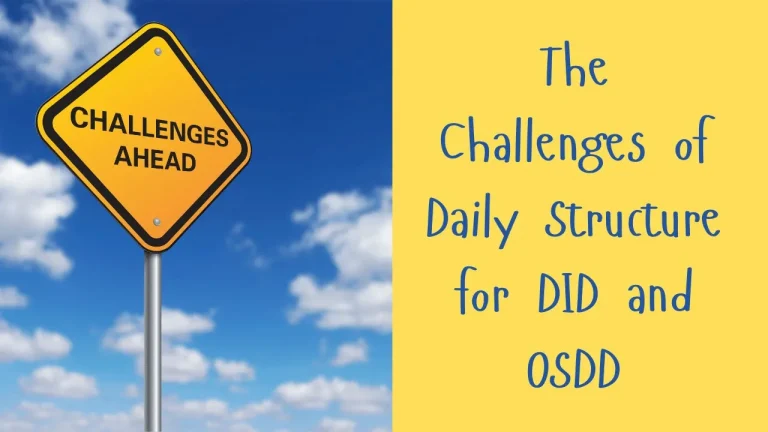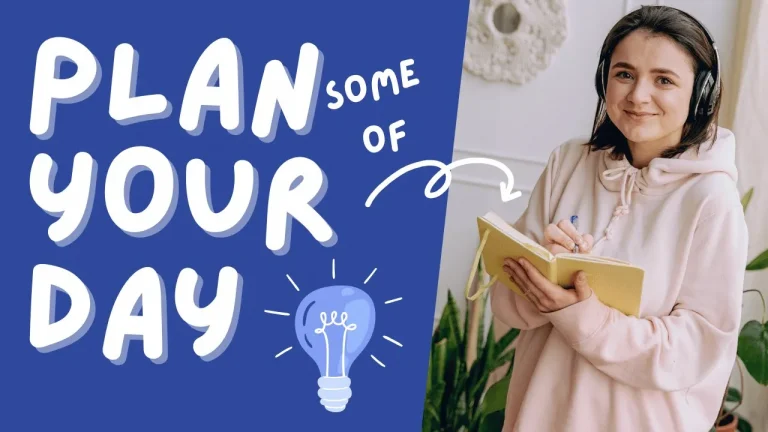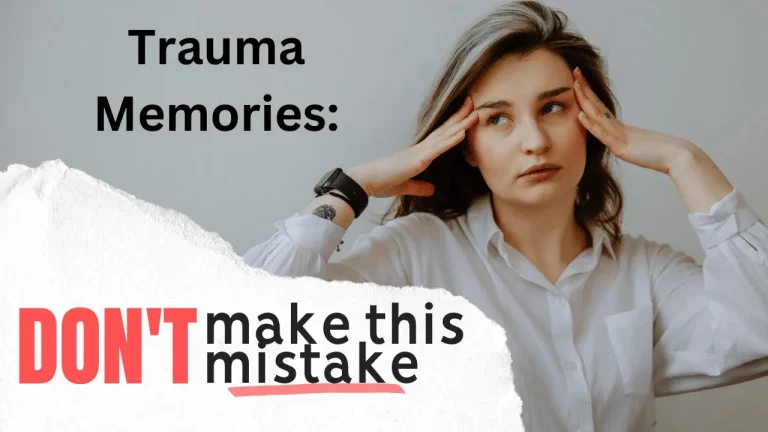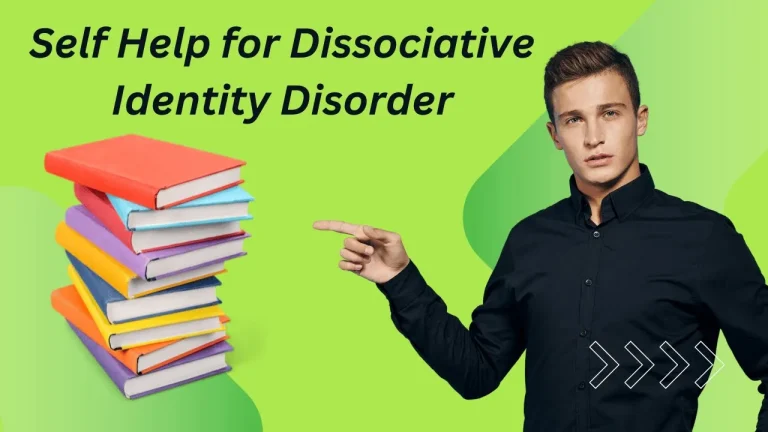What keeps DID going? This video explains how conflict between alters and avoidance of trauma memories maintain dissociation—and why recovery depends on addressing them...
Quick tips for preparing your system for holiday family visits, reducing triggers for young and trauma-holding parts, and strengthening internal safety...
System communication doesn’t look the same for everyone. This video shares four apps—notes, Discord, Simply Plural, and Antar—that can help systems connect...
Daily schedules can feel overwhelming for systems. This video explains why DID and OSDD make routines harder and what challenges to expect in building structure...
Critical or perfectionist alters can feel cruel, but their intent is often protection. This video shows how reframing and modeling communication can turn them into allies...
Daily structure is more than routine—it’s a stabilizing tool for systems. This video shares seven ways structure supports DID and OSDD recovery...
Want a simple daily habit that builds trust and system communication? This video explains the power of daily system meetings in DID recovery...
Nonverbal trauma memories are common in complex trauma. This video explains why they rarely connect to a single event and how focusing on symptoms reduces intensity...
Four recommended books for DID recovery—helpful with or without a therapist. Learn skills, reduce chaos, and build progress between therapy sessions...









